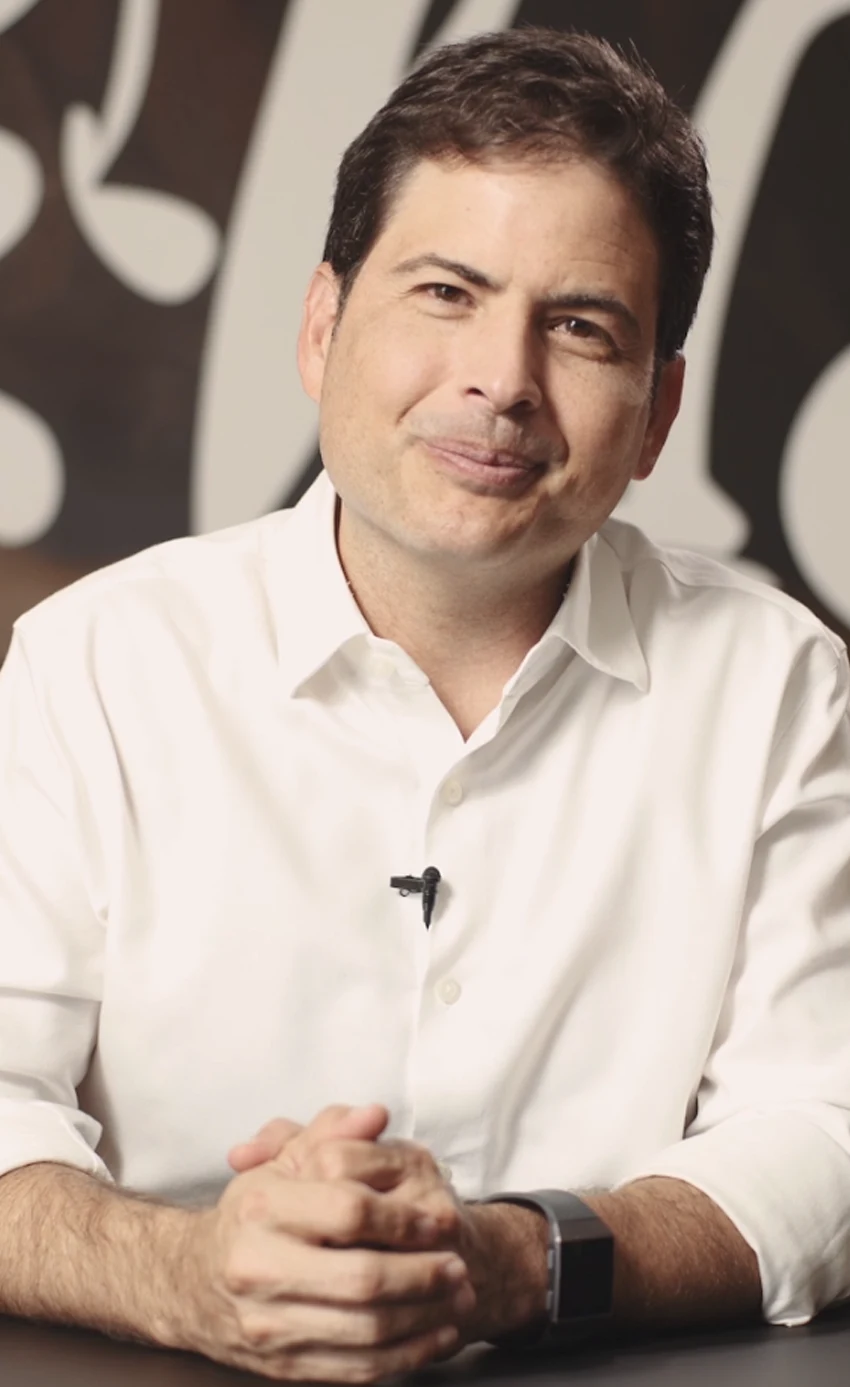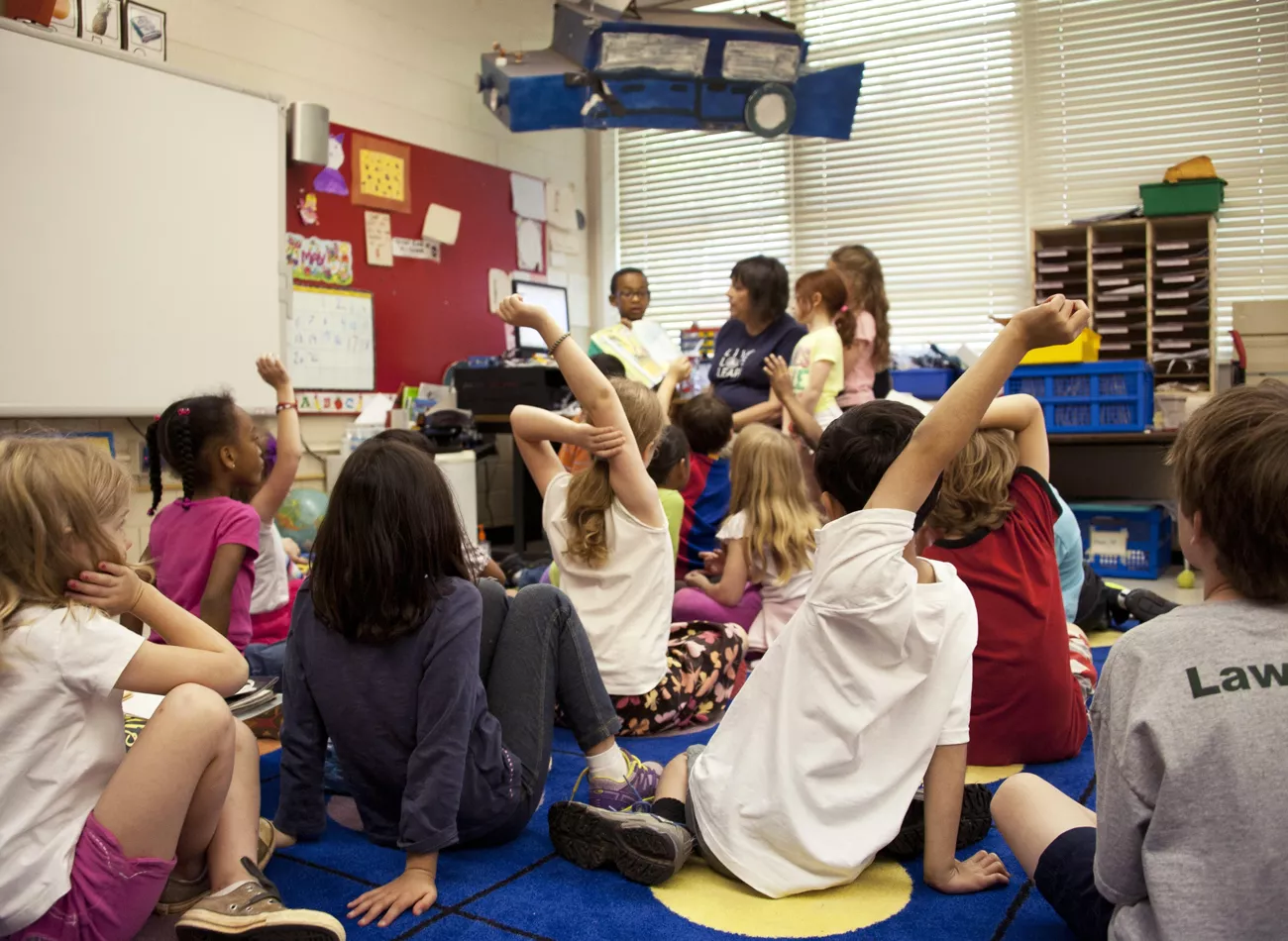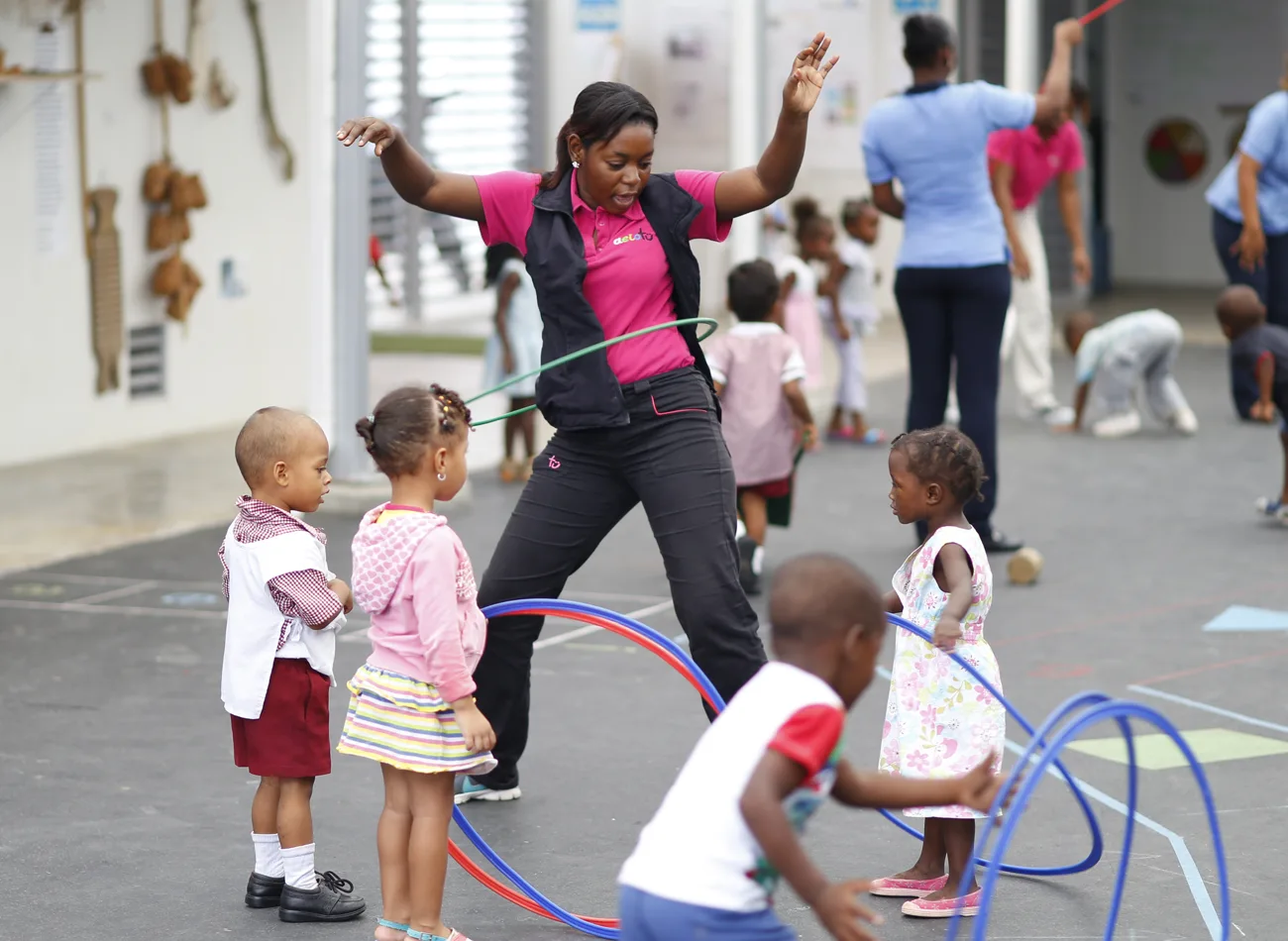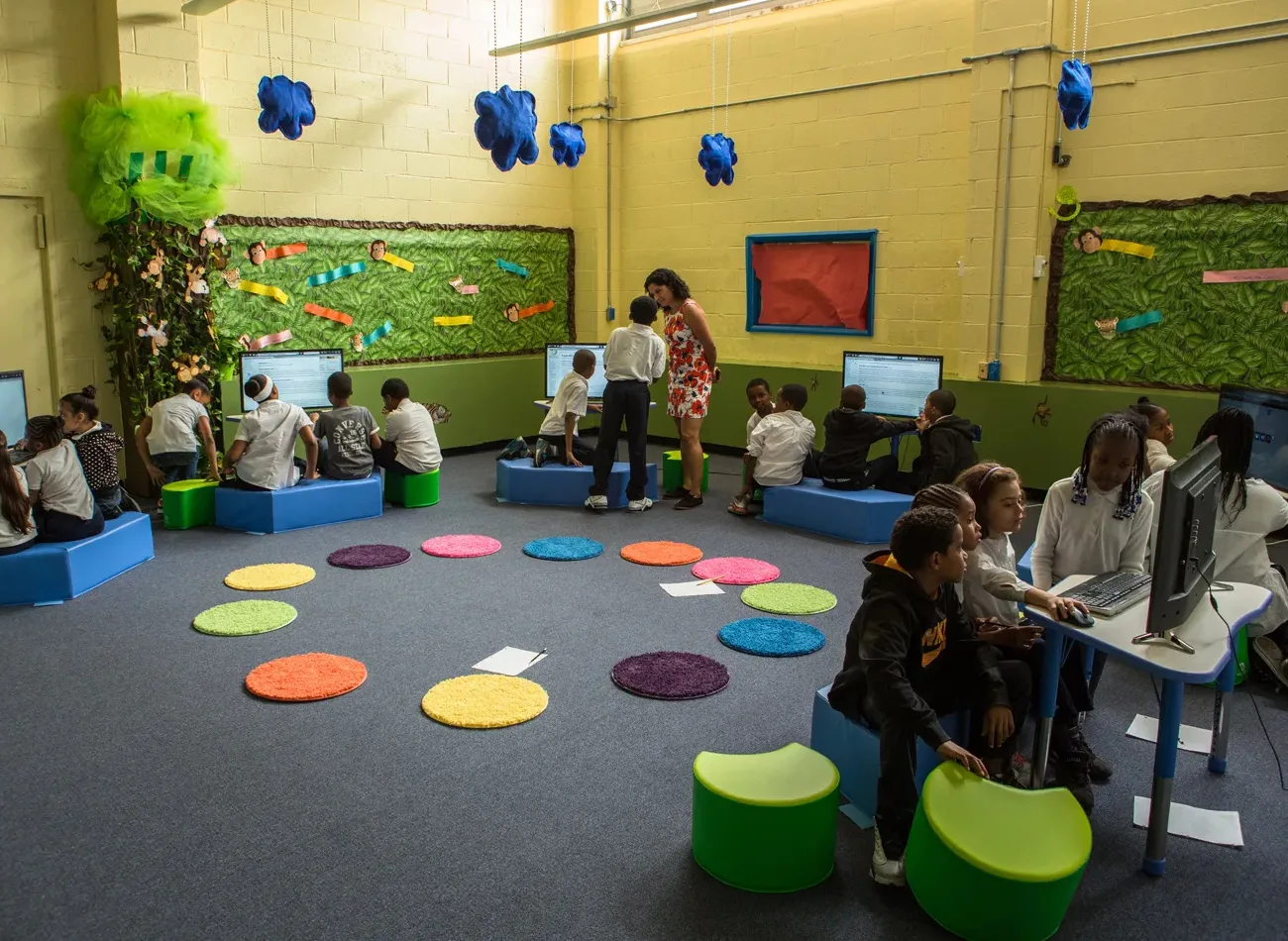The great white elephant we should all be looking at.
It is increasingly difficult to ignore that the educational system we know has fallen short of preparing the next generation of leaders on the planet. The COVID-19 pandemic made even more evident the urgency for educational institutions to have the appropriate tools and methodologies to prepare the little ones for a future that is difficult to predict; At the same time, while the children took classes from their homes for almost two years, there was a kind of collective epiphany about our involvement in the subject. In this sense, from Pertanto we ask ourselves: What are the pedagogical currents that best adapt to the information age? If children are the future, why do we continue to prepare them with tools from the past? What challenges do educators face in this system? And what role do civil society and the State play in the formation of the children of the 21st century?
“Technology and advances in access to information change at a much faster rate than that of educational systems.”
Eduardo Quintero, curator at Pertanto

What we know today as a “traditional” academic institution was conceived during the industrial revolution, applying the notion of massification to teaching and using grades as a measure of standardization of learning; therefore, leaving aside a fundamental characteristic of the human being: his individuality. The conversation about rethinking the educational system in the light of global technological, economic and socio-cultural changes is not new, it dates back to the end of the 19th century, when pedagogues, activists and those interested in childhood and their learning processes were pursuing a “new education”.
At the beginning of the 20th century, “alternative” currents or pedagogies appeared, understood as those that were out of the ordinary, which have continued to evolve and proliferate until the present. In his book “Alternative Pedagogies: Montessori, Freinet, Decroly, Steiner and other currents that revolutionized education”, the French author and professor Sylvain Wagnon lists some of the characteristics that –broadly speaking– these 20th and 21st century pedagogical currents have in common.
- They privilege education over instruction, preferring the transmission of values to the transmission only of knowledge.
- They pay attention to all facets of the child. The pedagogues of the “new education” already spoke of the “integral education”, which considers the body, the mental and the emotions.
- They respect the child as such, not as a miniature adult, they listen to their interests, needs and learning rhythms.
- They question the hierarchy between school disciplines, revaluing creativity, affection, the corporeal, the manual and the intellectual.
- They understand the educator as a “coach”, and not a simple issuer of knowledge, capable of stimulating curiosity and interest.
- They consider that their objective is not the accumulation of knowledge, but activities based on the child’s need to act, manipulate, question, test, imagine, etc.
They promote the teacher as a member of a team that shares reflections and positions on the school’s pedagogy.
They evaluate based on the achievements and aptitudes continuously, so that the child learns from his mistakes.
They create spaces conducive to learning, allowing movement, interaction, experimentation and documentation.

Despite the amount of evidence and documentation on the psychosocial and academic benefits of the aforementioned “alternative” pedagogies, the rote-based system continues to be used in most of the world, both in public schools and in private schools. For the Doctor in Cognitive Neurosciences and Panamanian Psychologist, Emelyn Sánchez, the first step to rethink education and make substantial changes is to clarify a fundamental concept: “It is urgent to separate learning, as a human process, from the school as an institution. For example, you may not like school, but you may not dislike learning, because you are always learning. Every day, from the time we get up until we go to bed, we face new situations that can generate short or long-term learning.”
If human beings are learning all the time, and school-age children spend most of the day in a classroom memorizing what the academic system has decided they have to learn, “this is where there is a break between the stimuli that the brains of today’s children need and the educational model established so long ago. These ‘new brains’ have been created and learned in a completely different society, they respond to other very different needs to adapt to the environment”, continued Sánchez.
This disconnection between what one day served to educate a society that was migrating from being agrarian to industrialized, and no longer serves us in the current capitalist boom environment, is also a challenge for educators. It is the teachers who are “in the trenches” waging the battle to reconcile a tradition of unidirectional transfer of information to human beings who, from an early age, possess the skills and digital resources to access any information, with just one click, in seconds. In the majority of educational establishments, the curriculum authorized by the State is followed, which in the case of official establishments is the law. Private schools have a certain freedom to fit this curriculum into the philosophy of their educational project, giving more room to “alternative” models or the implementation of some of its tools.

“We are educating the citizens of the 21st century with a system designed in the 19th century.”
Sir Ken Robinson, writer and popularizer






Leave A Comment